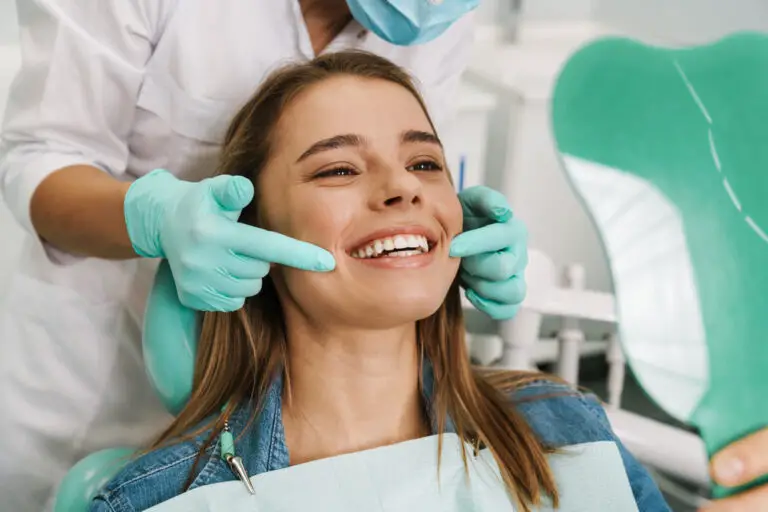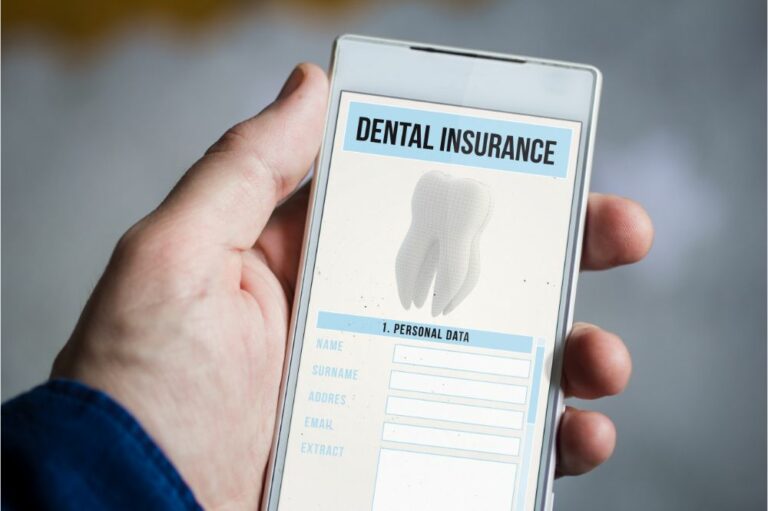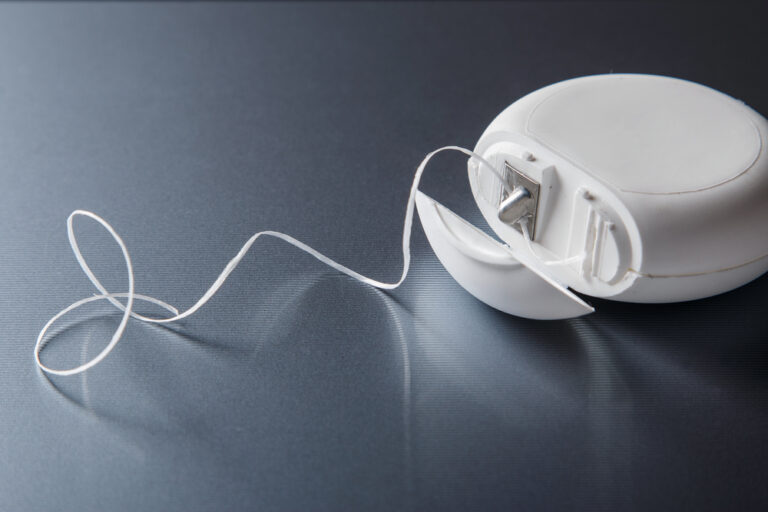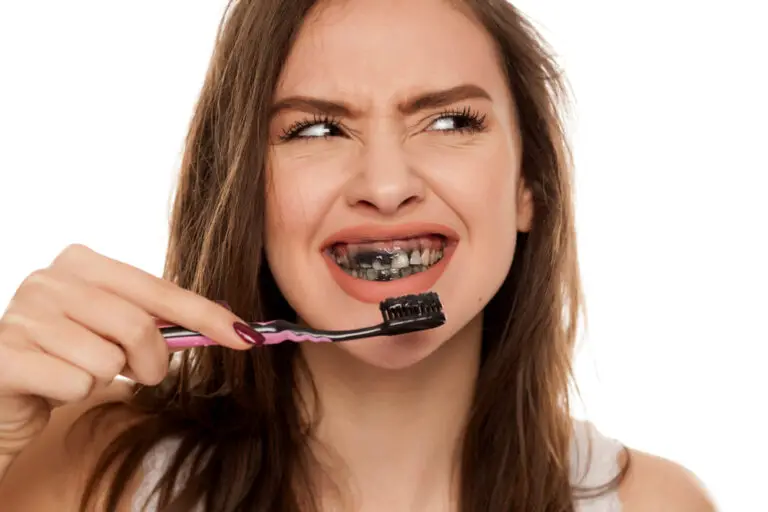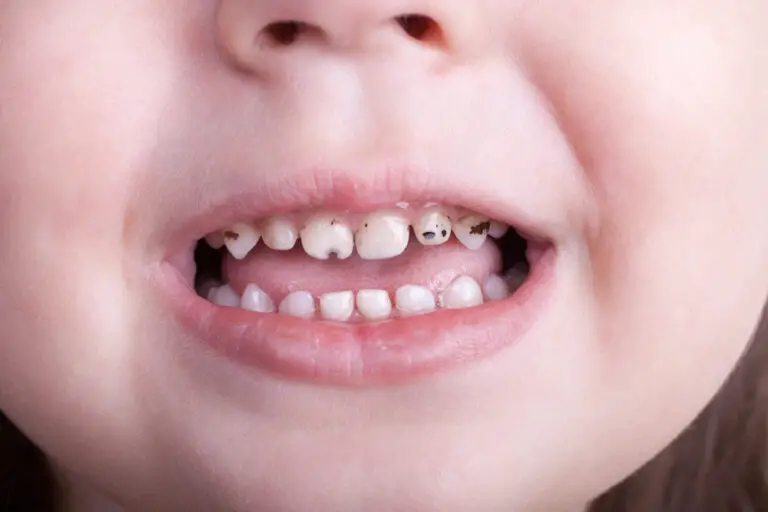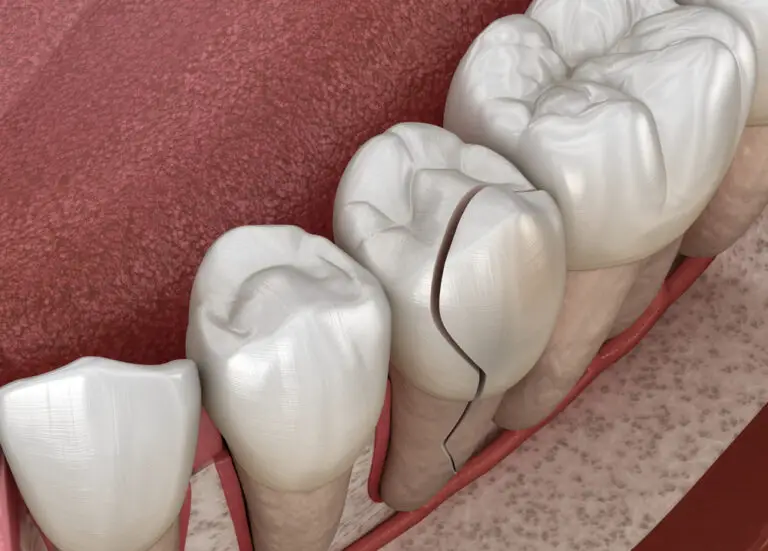Having greyish colored teeth can be embarrassing and make you reluctant to smile openly. But what causes teeth to turn grey, and can the greyish hue be removed? This comprehensive guide examines the common causes of greyish dental discoloration, proven methods and treatments to reverse it, plus answers frequent questions on safely whitening greyish teeth for a brighter smile.
What Factors Cause Teeth to Become Greyish?
While some amount of greyish discoloration naturally occurs with aging, certain lifestyle habits and health issues can accelerate the process of teeth losing their white luster and becoming more transparent and dull colored. Here are the main reasons teeth tend to turn greyish over time:
Thinning Tooth Enamel
The glossy, white outer enamel layer of teeth naturally wears away over decades of use from chewing, grinding, abrasion from brushing, and acid erosion. Enamel thickness can reduce from 2.5mm in youth to less than 0.5mm in old age. As enamel becomes thinner, it loses its white opacity and exposes more of the pale yellow dentin underneath, giving teeth a faded, greyish appearance.
Staining From Foods, Drinks and Tobacco
Dark-colored foods and beverages like coffee, tea, cola, red wine, blueberries, blackberries, pomegranate and curry contain intensely pigmented compounds that can penetrate into microscopic pits and fissures in enamel. Even with diligent brushing, these staining agents seep into the upper layers of enamel over months and years, imparting a greyish-brown discoloration. Nicotine and tar from cigarette smoking also cause stubborn greyish-brown stains on teeth.
Dry Mouth and Reduced Saliva Flow
Saliva contains minerals and proteins that strengthen enamel, fight bacteria, and rinse away food debris. A chronic lack of saliva from certain medications, anxiety, breathing through the mouth, radiation therapy or health conditions like diabetes and Sjogren’s syndrome leaves enamel vulnerable to demineralization, acidic erosion and excessive staining that give teeth a faded, greyish appearance. The antibacterial properties of saliva also prevent plaque buildup that can discolor enamel.
Fluorosis From Excess Fluoride Intake
Consuming excessive fluoride through fluoridated drinking water, supplements, toothpaste, or dental treatments during the formative childhood years can lead to fluorosis. This causes white specks and streaks that appear in adult teeth once the enamel calcifies. In mild cases, fluorosis gives teeth faint white mottling that creates a subtle greyish tone. Moderate to severe fluorosis can result in pronounced staining, pitting and brown discoloration.
Wear and Damage From Grinding and Clenching
Chronically grinding, clenching or gnashing the teeth wears down the biting edges of enamel through force and friction. This thinning abrades the whitish opaque quality of enamel to reveal more yellowish dentin undertones, especially around the gumline. Cracks, fractures and chipping from violent tooth grinding and oral trauma can also hasten greyish discoloration of damaged areas.
Dental Work Staining and Discoloration
Defective dental fillings, crowns, bridges and dentures made from low-grade materials can leak over time and cause greyish staining of the adjacent enamel. Old metal amalgam fillings also oxidize and corrode, causing the nearby tooth edges to slowly darken. Porcelain veneers and crowns can get permanently stained underneath over years of use, with the greyish color showing around the porcelain edges.
Effective Ways To Whiten and Brighten Greyish Teeth
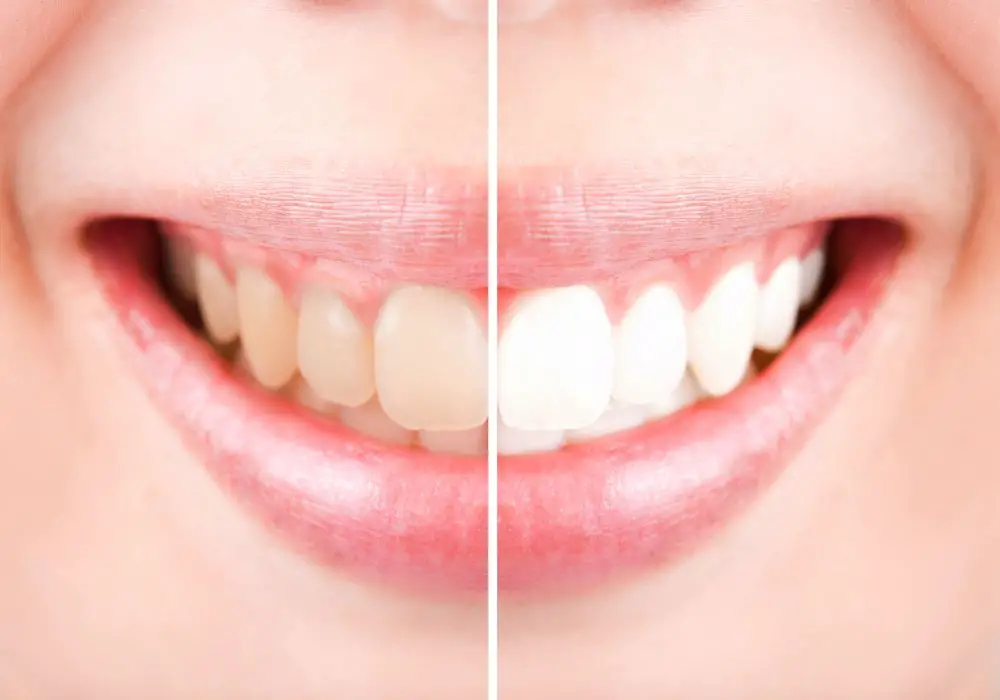
While greyish discolored teeth may never return to a stark white shade, there are many effective methods and treatments that can significantly lighten and reduce the appearance of greyish teeth a few shades or more. Here are the top options for whitening dingy, faded teeth:
1. Professional In-Office Teeth Whitening Treatments
For rapid, dramatic brightening of badly stained greyish teeth, professional whitening done at your dentist’s office can lighten teeth up to 8 shades in one hour. Your dentist will first protect your gums with a rubber dam or gel. Then a strong peroxide-based whitening gel is applied to teeth, accelerated by laser light or heat lamps for the fastest results. These treatments must be carefully monitored to avoid complications like sensitivity from over-bleaching the enamel.
2. Custom-Fit Take-Home Whitening Trays From Dentist
Your dentist can make personalized whitening trays molded to fit your teeth, which are filled with a prescription-strength whitening gel to wear at home for a few hours daily or overnight. These produce more significant whitening over 2-4 weeks of use when compared to over-the-counter options. A carbamide peroxide concentration of 10-22% makes these trays effective but gentle on enamel.
3. Over-The-Counter Whitening Strips, Gels and Toothpastes
Whitening products with lower concentrations of hydrogen peroxide or carbamide peroxide (3-10%) found at pharmacies can mildly improve greyish teeth a couple of shades over 2-6 weeks of consistent use. Whitening strips, paint-on gels, mouth trays with gels, and special toothpastes that claim to whiten fall into this category, but results are modest compared to professional treatments.
4. Dental Procedures That Remove Surface Stains and Discoloration
Seeing your dentist for a professional cleaning thoroughly removes hardened tartar, plaque and surface stains that contribute to a greyish teeth appearance. Polishing and buffing treatment at the dental office also smoothes away microscopic roughness that makes enamel look faded and grey under light. However, these cannot remove intrinsic greying and stains inside the tooth structure itself.
5. Avoiding Staining Foods, Drinks and Oral Habits
Paying closer attention to dietary habits can help prevent worsening of greyish teeth after whitening treatments. Reduce consumption of dark-colored foods and beverages known to deeply stain teeth like coffee, black tea, cola, red wine, dark berries, tomato sauce, soy sauce, curry and artificial food coloring. Curb smoking and tobacco use which causes severe greying and yellowing of enamel. Practice good oral hygiene and get regular dental cleanings.
6. Masking greyish Teeth With Dental Bonding, Veneers or Crowns
For moderately to severely greyish teeth that don’t significantly lighten from whitening treatments, cosmetic dentistry solutions like dental bonding, porcelain veneers or dental crowns can mask the discoloration by covering front tooth surfaces with tooth-colored materials. Bonding applies a thin resin coating, while veneers and crowns are thicker and more durable ceramic or porcelain restorations that mimic natural tooth color and appearance.
Home Remedies to Naturally Whiten Greyish Teeth Over Time
For mild greyish discoloration, these natural teeth whitening remedies can gradually lighten and reduce dullness and stains safely over consistent use:
- Oil pulling with coconut, sesame or sunflower oil helps extract plaque and stain particles through the oil’s emulsifying actions. Swish a tablespoon around the mouth for 15-20 minutes before spitting out.
- Baking soda mixed with hydrogen peroxide, lemon juice or strawberries makes an effective but gentle abrasive paste for lifting some surface stains when used 2-3 times per week. Rinse well after to avoid damaging enamel.
- Eating crunchy fruits and vegetables like pineapple, apples, carrots, broccoli and celery helps mechanically scrub the teeth clean. Pineapple also contains the enzyme bromelain which breaks down stain molecules.
- Rinsing with diluted hydrogen peroxide 3% solution for 30-60 seconds 1-2 times a week oxidizes and lifts some stubborn staining. Discontinue use if increased sensitivity occurs.
- Making custom whitening trays at home using boil-and-bite trays and carbamide peroxide gels from the pharmacy can produce better results than strips alone when used carefully.
- Quitting smoking and reducing intake of dark staining beverages allows other whitening efforts to be more effective. Curbing stain sources helps prevent rapid re-discoloration after lightening greyish teeth.
When to Seek Dental Care for Greyish Teeth
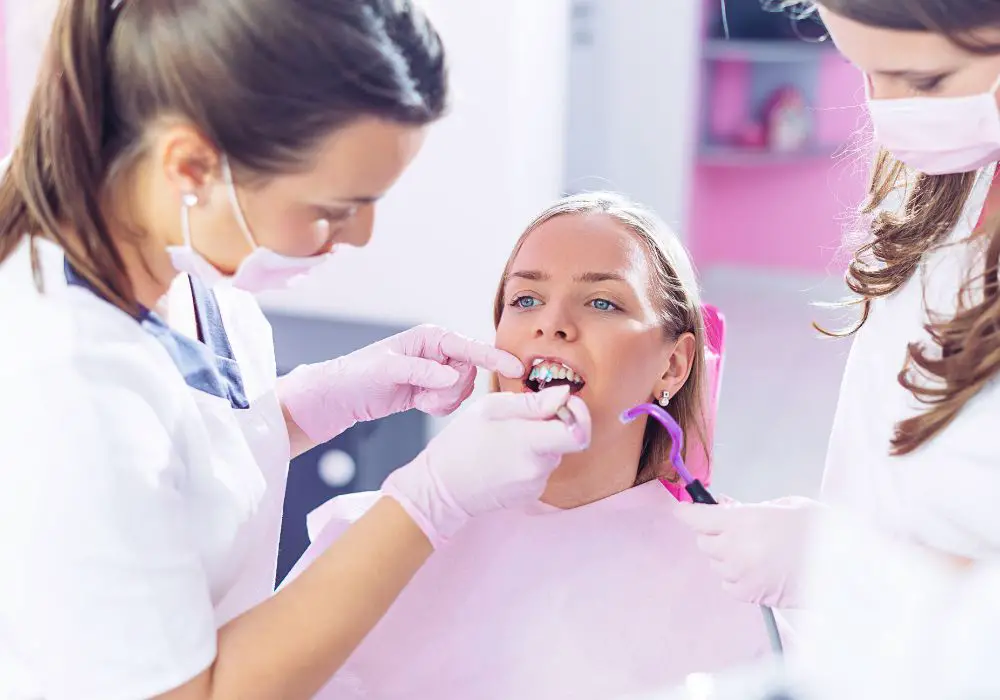
Make an appointment with your dentist promptly if you notice your teeth greying significantly within a short period of time, or becoming translucent and spotty-looking. Tell your dentist when you first noticed the color change and any related symptoms. A dental examination can diagnose underlying causes like:
- Tooth decay and cavities
- Gum disease eroding enamel
- Cracked teeth or dental injuries
- Worn enamel from bruxism or aggressive brushing
- Leaking old dental restorations
- Impacted food and calculus buildup
See a dentist immediately if greyish teeth are accompanied by pain, sensitivity, loose teeth, swollen gums, bad odor, or other problems which may indicate infection or nerve inflammation needing emergency dental care.
FAQs on Greyish Teeth Whitening:
Q: Why are my teeth becoming greyish – is it normal?
Greyish teeth naturally occur with thinning enamel and aging, but the process can accelerate from dental neglect, acidic erosion, accumulation of stains, smoking, dry mouth, and high fluoride early in life. Gradual greying is common, but see a dentist promptly if it’s severe or rapidly worsening.
Q: Can whitening treatments permanently remove greyish stains inside teeth?
No – intrinsic greying from enamel thinning and dentin exposure cannot be reversed permanently through bleaching. Surface stains may be lightened longer with diligent oral hygiene. But avoid over-bleaching the enamel which can increase translucency and damage.
Q: Is activated charcoal toothpaste safe for greyish teeth?
Despite advertising claims, charcoal is likely too abrasive for greyish teeth. It may slowly erode the thin enamel layer and worsen translucency and decay over time after initial minor whitening. Bleaching ingredients like carbamide peroxide are safer when properly used under dental supervision.
Q: Which home remedies do you recommend for greyish teeth?
Baking soda, hydrogen peroxide, oil pulling, eating fruits/veggies and DIY whitening trays can slowly lighten greyish teeth a couple of shades over consistent use. Avoid over-brushing and acidic foods. See your dentist first before trying prolongued home treatments to diagnose any conditions needing treatment first.
Q: Should I get professional whitening treatments done for my greyish teeth?
Consult your dentist first to diagnose the exact degree and causes of greyish discoloration. If enamel erosion is not too severe, in-office or custom take-home whitening can greatly brighten and mask greyish stains better than home remedies. But teeth with advanced enamel thinning may only see slight improvement. Discuss realistic expectations with your dentist.

